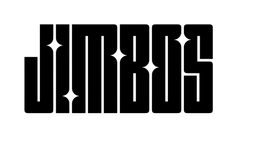Compound vs Polish Explained
Learn the Key Differences Before You Touch Your Paint
If you're diving into paint correction, knowing the difference between a compound and a polish is essential. These two terms are often used interchangeably—but they’re not the same thing. Using the wrong one at the wrong time can damage your paint, waste time, and create more work.
What Is a Compound?
Compounds are aggressive products designed to remove deeper paint defects like scratches, heavy swirls, and oxidation. They use larger abrasives to level out the clear coat and expose a fresh layer of paint underneath.
Use a compound if your paint has significant imperfections. But be aware: compounding can leave micro-marring or haze, which usually requires a polishing step afterward.
What Is a Polish?
A polish is a milder abrasive meant to refine and enhance the clarity of your paint. It’s perfect for removing light swirls, holograms, or haze—and for bringing out that deep, reflective gloss.
Some polishes are finishing-only, while others are formulated to also do light correction. One-step polishes like Picture Perfect Polish combine cut and finish in one product when paired with the right pad.
Key Differences at a Glance
| Compound | Polish |
|---|---|
| Removes deeper defects | Removes light swirls/haze |
| More aggressive abrasives | Milder abrasives |
| Often requires a follow-up polish | Often used as a final step |
| Can reduce clear coat faster | Gentler on paint |
When Should You Use Each One?
Use a compound:
- When paint has deep scratches or heavy oxidation
- After wet sanding or removing orange peel
Use a polish:
- For routine swirl removal
- To restore gloss after compounding
- As a one-step correction on lightly damaged paint
Why Most Cars Only Need a Polish
Compounding is more aggressive than most cars need—especially newer vehicles with softer paint systems. Unless you’re working on neglected or repainted cars, a high-quality polish with a foam pad is usually enough to fix common swirl marks.
Picture Perfect Polish is built for that—it cuts and finishes beautifully in one step, without the mess or dust.
Related Posts




